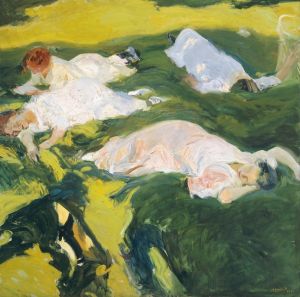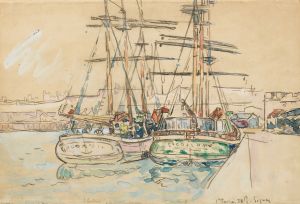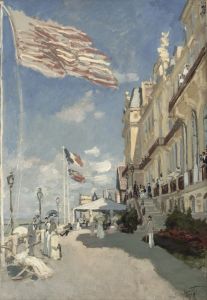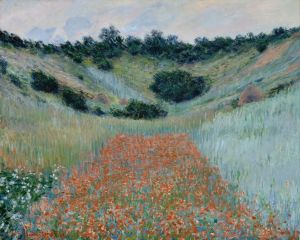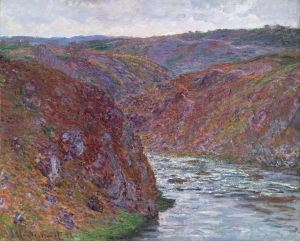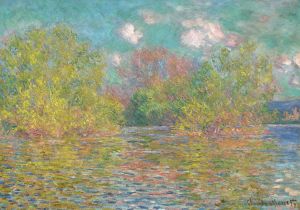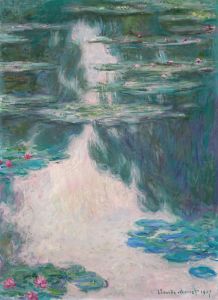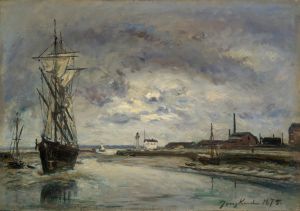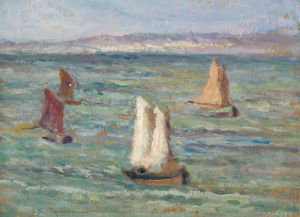
Boats on the Beach at Étretat
A hand-painted replica of Claude Monet’s masterpiece Boats on the Beach at Étretat, meticulously crafted by professional artists to capture the true essence of the original. Each piece is created with museum-quality canvas and rare mineral pigments, carefully painted by experienced artists with delicate brushstrokes and rich, layered colors to perfectly recreate the texture of the original artwork. Unlike machine-printed reproductions, this hand-painted version brings the painting to life, infused with the artist’s emotions and skill in every stroke. Whether for personal collection or home decoration, it instantly elevates the artistic atmosphere of any space.
"Boats on the Beach at Étretat" is an oil painting created by the renowned French Impressionist artist Claude Monet in 1885. This artwork is part of Monet's extensive exploration of the Normandy coast, where he was captivated by the dramatic cliffs and the vibrant interplay of light and color. Étretat, a small coastal town in Normandy, France, was a popular destination for artists during the 19th century due to its striking natural beauty, characterized by its white chalk cliffs and natural arches.
Monet's painting depicts a serene scene of boats resting on the pebbled beach of Étretat, with the imposing cliffs rising in the background. The composition is a testament to Monet's skill in capturing the transient effects of light and atmosphere, a hallmark of the Impressionist movement. The painting showcases Monet's ability to convey the textures of the beach and the solidity of the boats, while also capturing the ephemeral quality of the light reflecting off the sea and the cliffs.
In "Boats on the Beach at Étretat," Monet employs a palette of soft, muted colors, with blues, grays, and earthy tones dominating the scene. The brushwork is loose and expressive, allowing the viewer to sense the movement of the air and the gentle lapping of the waves. This technique is typical of Monet's work during this period, as he sought to capture the essence of a scene rather than its precise details.
Monet's choice of subject matter reflects his deep appreciation for the natural world and his desire to capture its beauty in a way that was both immediate and evocative. The boats, while central to the composition, are depicted with a simplicity that allows them to blend harmoniously with their surroundings. This integration of human elements within the natural landscape is a recurring theme in Monet's work, highlighting the interconnectedness of people and nature.
The painting is part of a series of works Monet created in Étretat, each capturing different times of day and varying weather conditions. This series exemplifies Monet's dedication to studying the effects of light and atmosphere, as he often painted the same scene multiple times to observe how it changed under different conditions. This approach was revolutionary at the time and contributed significantly to the development of Impressionism as an art movement.
"Boats on the Beach at Étretat" is housed in the collection of the Musée d'Orsay in Paris, where it continues to be admired by visitors from around the world. The painting is celebrated not only for its aesthetic beauty but also for its contribution to the broader understanding of Impressionism and Monet's role within it. Through works like this, Monet challenged traditional artistic conventions and paved the way for future generations of artists to explore new ways of seeing and representing the world around them.





